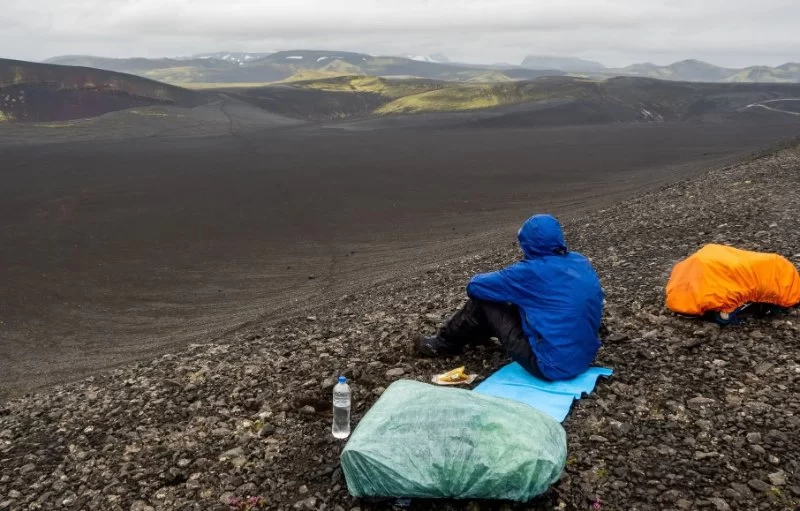How to Prepare for a Volcanic Ashfall While Backpacking
- 1-Understanding-Volcanic-Ash
- 2-Essential-Gear
- 3-Safety-Strategies
- 4-Emergency-Preparation
- 5-Real-Life-Backpacker-Experiences
- 6-Recommended-Resources
1. Understanding Volcanic Ash
Volcanic ash is composed of tiny, abrasive particles ejected during an eruption. While it may appear harmless from a distance, these particles can cause respiratory issues, eye irritation, and damage to equipment. For backpackers, understanding the nature and behavior of volcanic ash is critical for preparation and safety.
1.1 Types and Hazards
Volcanic ash can range from fine powder to coarser fragments. Fine ash can stay suspended in the air for hours, making it easy to inhale. Coarser ash can accumulate on trails, making surfaces slippery and affecting visibility. Being aware of these hazards helps backpackers plan safer routes and reduce exposure.
2. Essential Gear for Ashfall
Proper gear can make the difference between a manageable ashfall and a dangerous situation. Key items include high-quality respirators or masks, goggles to protect eyes, long-sleeved clothing, and waterproof backpack covers to prevent ash contamination. These tools are especially useful for maintaining breathing safety and protecting electronics.
2.1 Backpacker Case Example
During a hike near Mount St. Helens, a group of backpackers used specialized N95 masks and protective goggles. By wearing proper clothing and covering their gear, they were able to continue hiking without respiratory distress or equipment damage. Platforms like Pine Cliff Resort can provide curated recommendations for essential backpacking gear tailored for volcanic regions.
3. Safety Strategies During Ashfall
Planning ahead is crucial. Backpackers should track local volcanic activity reports and have contingency plans for evacuation. Avoiding valleys where ash tends to accumulate and finding shelter in a sturdy structure are effective strategies. Staying hydrated and limiting physical exertion during heavy ashfall helps reduce respiratory stress.
3.1 Practical Advice
Backpackers are advised to avoid using contact lenses during ashfall as particles can scratch the cornea. Switching to glasses or protective goggles can prevent eye injuries. Additionally, minimizing exposure by moving slowly and taking breaks under shelter is essential for safety.
4. Emergency Preparation
Carrying a well-stocked first aid kit, extra food, water, and communication devices ensures survival in case of sudden eruptions. Familiarity with local evacuation routes and emergency shelters provides an added layer of safety. Having backup power sources and protective cases for electronics helps maintain communication during ashfall emergencies.
4.1 Realistic Scenario
Emma, an experienced backpacker, once encountered unexpected ashfall near a volcanic ridge. Thanks to her preparation with extra water, a compact emergency shelter, and ash masks, she navigated safely and helped fellow hikers reach a designated evacuation point.
5. Real-Life Backpacker Experiences
Sharing firsthand stories helps illustrate the importance of preparation. Travelers report that those who underestimated volcanic ash risk faced temporary blindness, coughing, and ruined gear. Conversely, well-prepared hikers were able to continue their journey with minimal discomfort, demonstrating that proper planning is the key to safety.
6. Recommended Resources
For backpackers seeking guidance on volcanic ash preparedness, resources like local geological surveys, volcanic observatories, and expert guides provide reliable information. Curated platforms like Pine Cliff Resort offer tailored gear suggestions, survival tips, and route planning advice to ensure a safe backpacking experience in volcanic areas.







